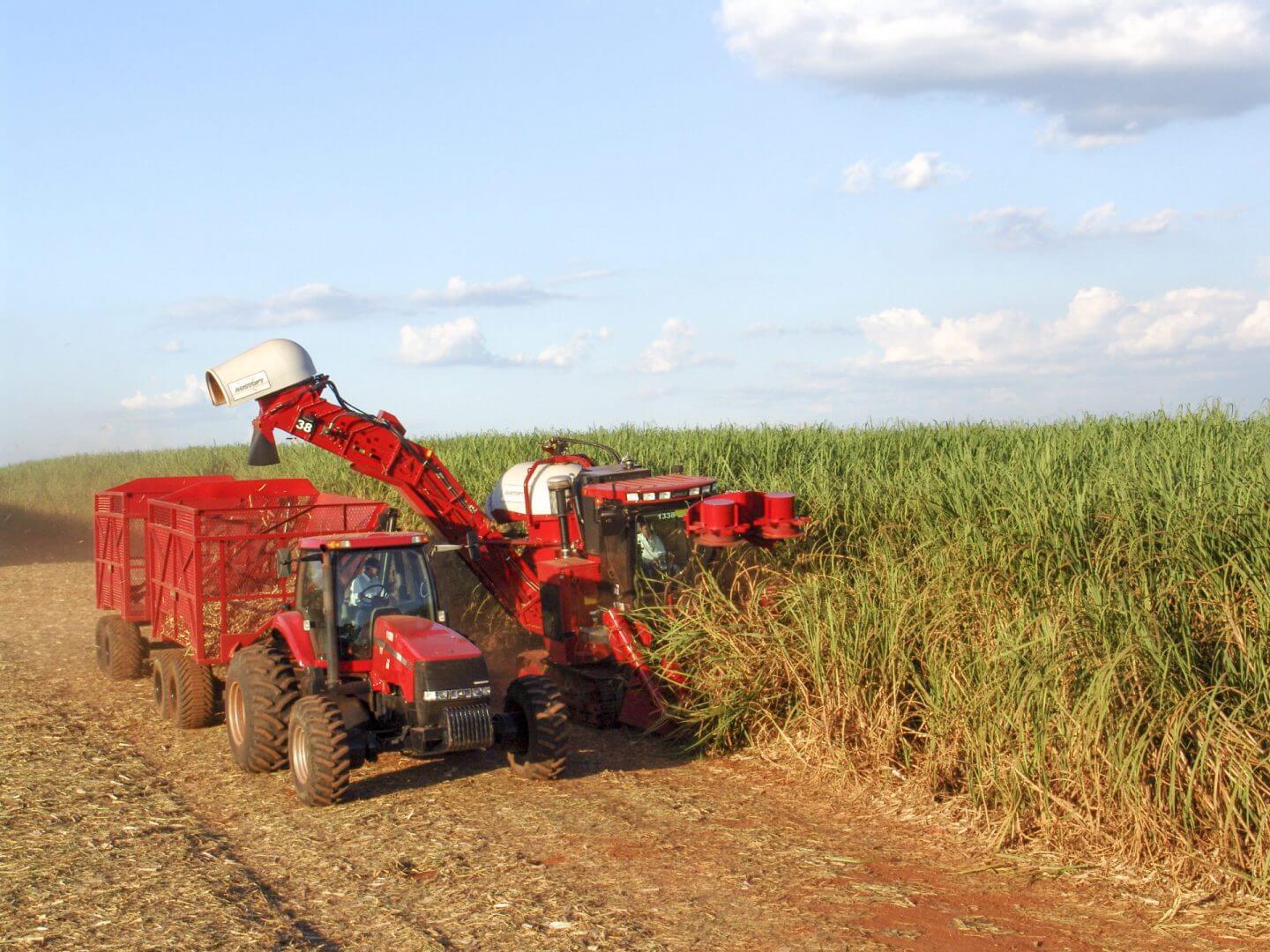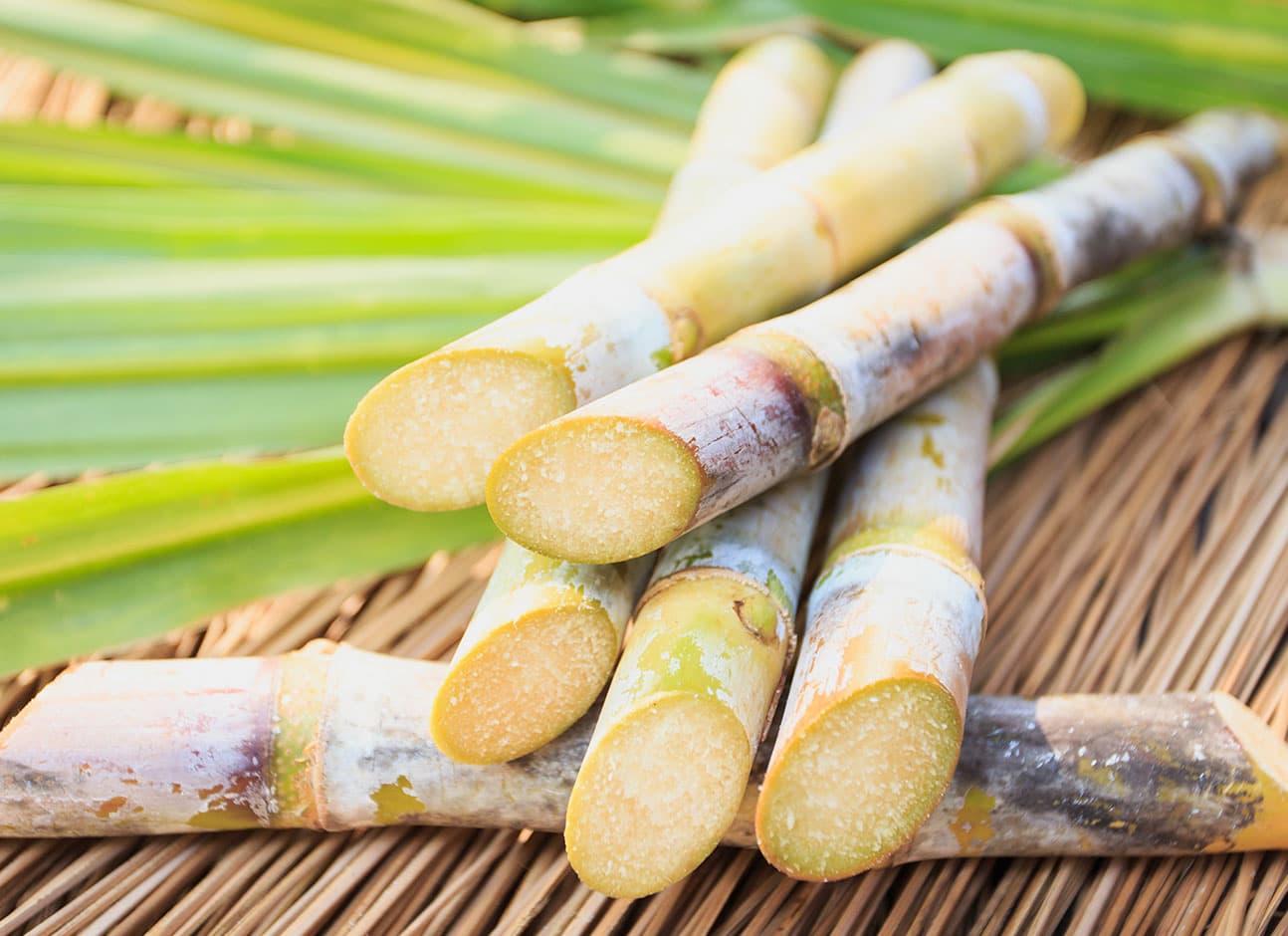Unlocking the Mystery: What Are Sugar Canes Used For in Everyday Life
Wiki Article
All About Sugar Canes: What Are Sugar Canes Made Use Of For and Their Function in International Farming?
Sugar walking sticks work as a keystone of global farming, largely identified for their function in sugar manufacturing. They likewise add to the development of by-products like molasses and ethanol. These elements not just support different sectors but also effect financial stability in country regions. The cultivation of sugar walking sticks encounters significant environmental obstacles. Recognizing their diverse role triggers more exploration into their farming techniques and sustainability efforts.The Agricultural Refine of Sugar Cane Growing
Although sugar cane cultivation might differ by region, the essential farming procedure remains constant. The first step involves choosing high-yielding varieties appropriate for neighborhood environments. Prep work of the dirt is crucial, frequently needing tillage and the addition of fertilizers to improve fertility. Planting normally takes place throughout the stormy period, with farmers using either whole stalks or cuttings to develop brand-new crops.As the plants grow, they require diligent care, consisting of weed control, parasite monitoring, and watering, depending upon the environmental problems. Farmers monitor the sugar cane's growth cycle, which normally spans 10 to 24 months, before harvesting. Collecting is labor-intensive, typically performed by hand or with specialized equipment, guaranteeing minimal damage to the stalks. Complying with harvest, the walking cane is transported to refining facilities. This careful growing procedure not just supports local economies yet additionally plays a substantial role in international farming methods, adding to food and power supplies.Sugar Manufacturing: From Walking Cane to Crystal
The journey of sugar manufacturing begins the minute freshly collected sugar walking stick arrives at processing facilities. The very first step includes washing and chopping the walking stick to prepare it for extraction. Using high-pressure rollers, the juice is drawn out from the smashed cane, resulting in a wonderful fluid called sugarcane juice. This juice undergoes explanation, where pollutants are gotten rid of with the addition of lime and heat.Next, the made clear juice is concentrated by steaming it down to produce a thick syrup. This syrup is then crystallized by cooling down, allowing sugar crystals to form. The taken shape sugar is separated from the staying syrup, recognized as molasses, with centrifugation.Finally, the sugar crystals are cleaned and dried, causing the familiar granulated sugar (What Are Sugar Canes Used For). This process transforms raw sugar walking cane into an item that is essential to numerous culinary and commercial applications, highlighting the significance of sugar in worldwide farmingBiofuels and Sugar Canes: A Sustainable Future
As the globe significantly seeks sustainable power services, sugar walking sticks have actually become a promising source for biofuels. The biomass stemmed from sugar walking sticks can be transformed right into ethanol, a sustainable fuel alternative that markedly decreases greenhouse gas discharges compared to nonrenewable fuel sources. This procedure not only gives a cleaner energy resource but also promotes energy freedom for several countries.In addition, sugar walking cane farming supports rural economic climates by creating tasks in both farming and biofuel manufacturing markets. Making use of sugar canes for biofuel production additionally motivates agricultural diversity, which can boost soil health and wellness and reduce dependence on single plants. The by-products of sugar walking cane processing can be utilized for power generation, furthermore adding to a lasting energy cycle. As countries undertaking to satisfy renewable resource targets, sugar canes are poised to play a vital duty in forming an extra lasting future in the biofuel landscape.
The Role of Sugar Canes in Beverage Manufacturing
Sugar walking sticks play a considerable function in beverage production, working as a primary ingredient in rum and adding to the sweet taste of several soft drinks. Additionally, their natural juices are made use of in different beverages, improving taste and allure. This versatility highlights the relevance of sugar canes in the worldwide beverage industry.Sugar Cane in Rum
Rum production is delicately linked to the farming of sugar walking cane, an important crop that provides the required fermentable sugars required for fermentation. This process begins with the removal of juice from collected sugar canes, which is then either fermented straight or processed right into molasses. Yeast is included to transform the sugars right into alcohol, resulting in a diverse series of rum designs, from light to dark varieties. The geographical region where the sugar walking stick is expanded substantially influences the taste account of the rum, with aspects such as soil kind and climate playing crucial functions. Nations like Barbados, Jamaica, and Cuba are renowned for their rum production, mirroring the social and historic relevance of sugar walking cane within the global beverage industry.Soft Drinks Sugar Resource

All-natural Juice Manufacturing Uses
Along with its significant role in soft beverage production, sugar cane is also critical in the natural juice market. The juice removed from sugar walking stick, known as cane juice, is celebrated for its natural sweetness and one-of-a-kind flavor profile. This juice is commonly eaten fresh in numerous regions, particularly in exotic countries, where it is enjoyed as a renewing beverage. In addition, walking cane juice acts as a base ingredient in a variety of natural fruit juices and healthy smoothies, enhancing both preference and nutritional worth. Its all-natural buildings make it an attractive choice to sweetening agents, attracting health-conscious customers. Generally, sugar cane's flexibility in juice manufacturing highlights its relevance in contemporary drink offerings worldwide.Technologies in Sugar Cane Byproducts
Technologies in sugar walking stick byproducts are leading the way for lasting services in numerous industries. Biofuels acquired from sugar cane provide a different power source, while developments in lasting product packaging are decreasing dependence on typical materials. These why not try here advancements highlight the convenience and potential of sugar walking stick past its key use in beverage production.
Biofuels From Sugar Walking Cane
Just how can the byproducts of sugar walking cane contribute to lasting power solutions? The conversion of sugar walking cane into biofuels offers an encouraging opportunity for renewable resource. By making use of the coarse deposit, recognized as bagasse, manufacturers can produce bioethanol with fermentation procedures. This bioethanol can act as a sustainable alternative to nonrenewable fuel sources, lowering greenhouse gas discharges and dependence on non-renewable sources. In addition, molasses, another byproduct, can be fermented to create biofuels, making the most of resource effectiveness. The power produced from sugar walking stick not only supplies a cleaner gas resource however also enhances the overall economic practicality of sugar production. By integrating biofuel production right into their procedures, sugar walking cane sectors can play a vital function ahead of time sustainable power remedies worldwide.Lasting Product Packaging Solutions
Sustainable product packaging remedies are significantly being created from sugar walking cane results, showcasing the versatility of this farming staple. Advancements such as naturally degradable plastics obtained from bagasse, the fibrous deposit left after juice extraction, are gaining grip. These materials offer an environmentally friendly alternative to standard plastics, decreasing reliance on fossil fuels and decreasing carbon footprints. Furthermore, sugar cane-based product packaging is compostable, breaking down normally without hurting the environment. Business are now discovering these choices to align with customer demand for sustainability. As recognition of plastic contamination expands, the adoption of sugar cane-derived product packaging is expected to climb, positioning sugar walking sticks as an essential player in the change to greener product packaging options in various industries.Economic Effect of Sugar Cane Farming

Although sugar walking stick farming has deep origins in several economic climates, its financial influence extends far past farming manufacturing. This crop serves as a significant income for millions of farmers worldwide, specifically in creating countries where farming is a main livelihood. Sugar walking cane contributes to regional economic situations through job development in harvesting, farming, and processing. The industry also stimulates growth in associated fields such as transportation, tools production, and food processing.Furthermore, sugar walking cane is a key player in international trade, influencing global markets and prices. Nations that create sugar cane typically count on exports to improve their economic stability. The by-products of sugar cane, such as ethanol and molasses, expand earnings streams for farmers and add value to the farming market. Overall, the financial ramifications of sugar cane farming are extensive, influencing not just farmers yet likewise entire areas and nationwide economic situations.
Ecological Factors To Consider in Sugar Cane Farming
While sugar walking stick farming plays a crucial function in many economic situations, it also elevates significant ecological worries that can not be overlooked. The considerable use plant foods and pesticides in sugar walking cane cultivation often causes dirt deterioration and water pollution. Overflow from these chemicals can contaminate close-by water bodies, damaging aquatic ecosystems. In addition, the monoculture practices widespread in sugar walking stick farming lower biodiversity, making communities a lot more vulnerable to insects and diseases.Deforestation is an additional critical problem, as land is usually cleared to make method for sugar ranches, bring about habitat loss for wildlife and enhanced carbon discharges. The high water intake try this site needed for sugar walking cane watering can stress neighborhood water resources, particularly in dry areas. As international demand for sugar continues to rise, attending to these environmental obstacles ends up being necessary to assure sustainable methods in sugar walking stick growing.Frequently Asked Inquiries
What Are the Nutritional Benefits of Sugar Walking Cane?
The dietary advantages of sugar walking cane mainly include its high carb content, supplying power. Furthermore, it includes vitamins, minerals, and antioxidants that might support overall health, though check out this site small amounts is important due to its sugar content.Just How Does Sugar Walking Cane Affect Resident Ecosystems?
Sugar cane cultivation can significantly impact neighborhood ecosystems by modifying land use, influencing biodiversity, and calling for considerable water resources. Furthermore, it may result in soil destruction and chemical runoff, disrupting bordering environments and wildlife populaces.What Is the Background of Sugar Cane Growing?

Are There Alternatives to Sugar Walking Cane for Sugar Production?
Alternatives to sugar walking stick for sugar production include sugar beetroots, corn, and different tropical plants like sorghum and agave (What Are Sugar Canes Used For). These plants provide diverse resources of sweetness, each with distinctive growing needs and ecological effectsHow Do Climate Patterns Influence Sugar Walking Cane Returns?
Weather patterns substantially influence sugar walking cane yields via temperature level fluctuations, rains amounts, and seasonal cycles. Dry spell or extreme rains can prevent growth, while ideal conditions boost photosynthesis, inevitably impacting the amount and top quality of the harvest. The journey of sugar manufacturing starts the minute freshly gathered sugar walking cane arrives at refining facilities. The crystallized sugar is separated from the continuing to be syrup, recognized as molasses, through centrifugation.Finally, the sugar crystals are cleaned and dried out, resulting in the acquainted granulated sugar. Rum production is elaborately connected to the growing of sugar walking cane, a necessary plant that provides the required fermentable sugars needed for fermentation. Furthermore, the monoculture techniques widespread in sugar cane farming decrease biodiversity, making communities much more vulnerable to insects and diseases.Deforestation is an additional critical issue, as land is commonly gotten rid of to make way for sugar ranches, leading to environment loss for wild animals and increased carbon discharges. Alternatives to sugar walking stick for sugar production include sugar beetroots, corn, and numerous tropical plants like sorghum and agave.Report this wiki page